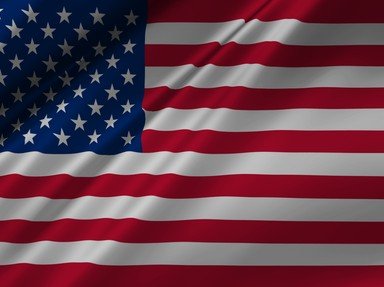Quiz Answer Key and Fun Facts
1. Track and Field: This track star at Syracuse University was denied the chance to compete in the 1936 Olympic Games because of his ethnicity, but went on to a long career as a sportscaster. Who was this?
2. This NFL quarterback became a Hall of Famer while playing for the Chicago Bears mostly in the 1940s. What is his name?
3. You'd never know it by his name, but this NFL player was a Jewish athlete who starred in the NFL as a defensive player for 14 seasons. He met an untimely death at a young age. Who was this colorful character?
4. This former professional boxer won the Heavyweight Championship in 1934, and held it for one day short of a year. Which boxer/showman was this that held the title?
5. This New York City product played for the NBAs Syracuse Nationals championship team in 1955 and was a 12 time All-Star. He also had a son who played in the NBA. Who is he?
6. Who in the National Basketball Association was most noted for smoking cigars with the Boston Celtics?
7. When the designated-hitter rule became part of American League baseball in 1973, someone had to be the first DH in history. Who was it?
8. Who is synonymous with swimming and the 1972 Summer Olympics games?
9. This Major League Baseball Hall of Famer was considered to be the first Jewish American superstar. He played mostly in the 1930s. Can you name him?
10. Perhaps the most well known Jewish American athlete in history, this Brooklyn kid made good until an arm injury ended his career. Who was this outstanding Major League Baseball pitcher?
Source: Author
fredsixties
This quiz was reviewed by FunTrivia editor
Nightmare before going online.
Any errors found in FunTrivia content are routinely corrected through our feedback system.

